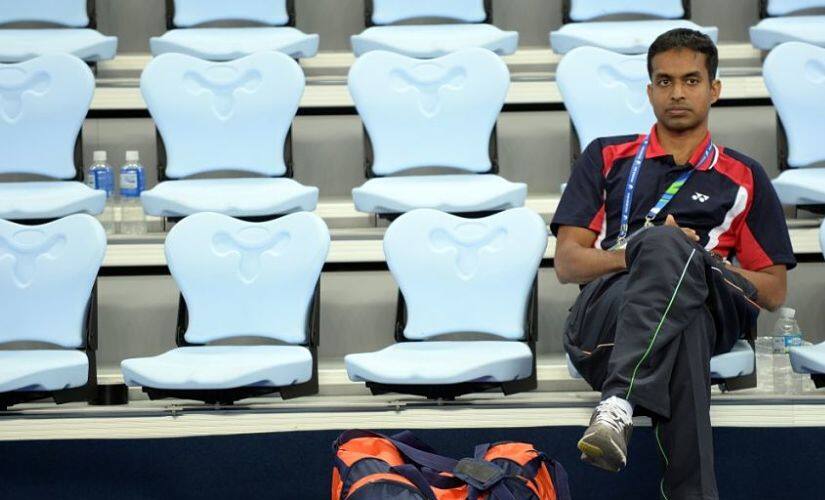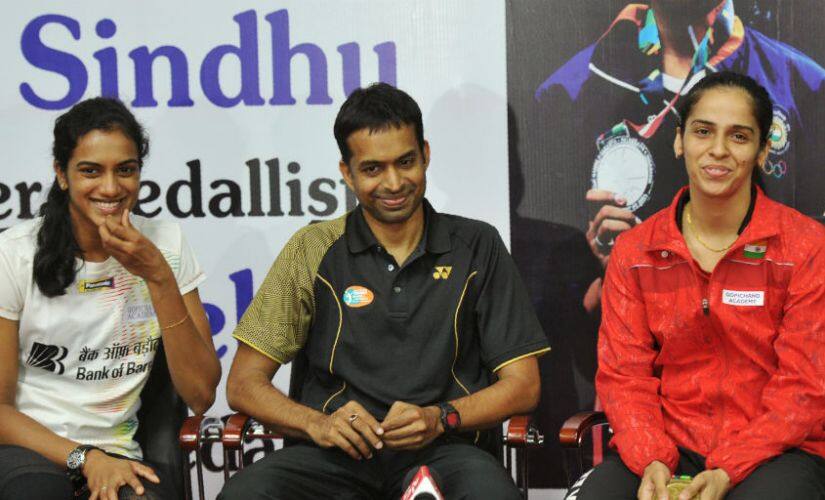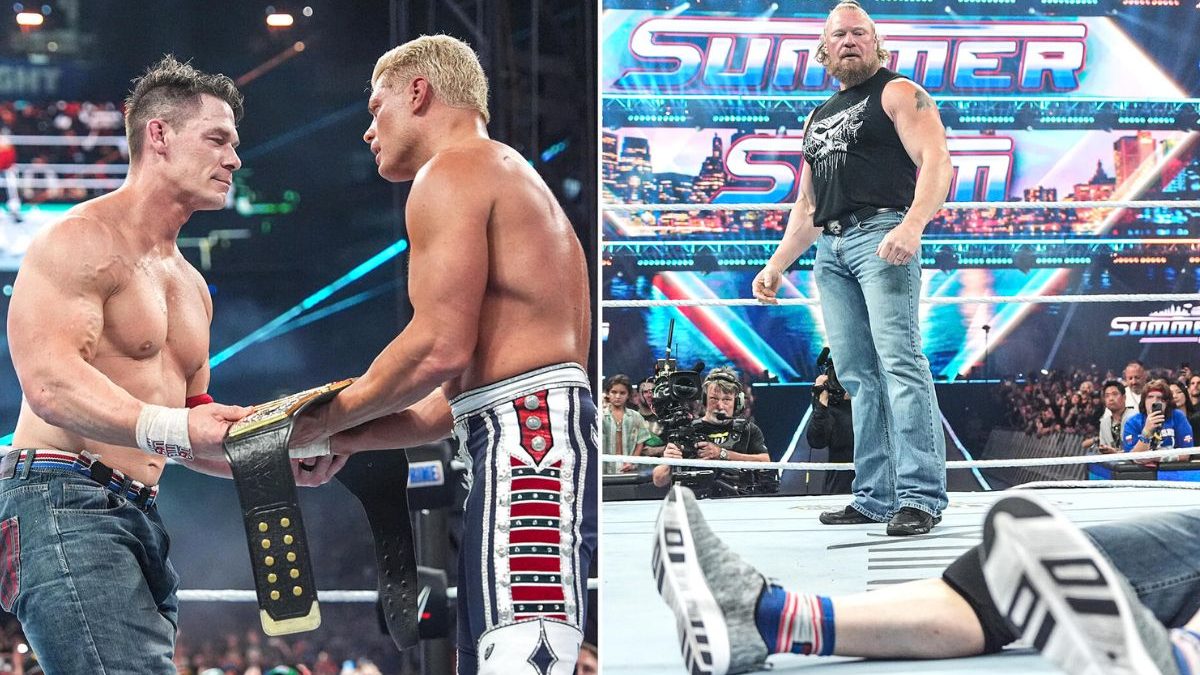For a man who epitomised on-court aggression during his playing days, Pullela Gopichand is ironically very soft-spoken in real life. But make no mistake, over the past few decades Gopichand has become the most commanding voice in badminton, having given the country not only former World No 1s Saina Nehwal and Kidambi Srikanth, but also reigning world champion PV Sindhu. [caption id=“attachment_4247737” align=“alignnone” width=“825”]  File image of Pullela Gopichand. AFP[/caption] ‘Gopi’, as he is widely known in Indian badminton circles, was in Mumbai in December for the launch of Badminton Gurukul. On the sidelines of the event, India’s chief badminton coach spoke about how the Indian shuttlers’ mindset has evolved over the decades, finding the formula for success, and Indian shuttlers needing on-court arrogance to succeed at the world stage. Excerpts: You’ve been a player yourself and now you have coached all the best singles shuttlers of India’s current generation. All these players who have emerged after Nehwal, do you reckon their mentality is different going into a game or going into tournaments? When I started playing, Prakash (Padukone) sir was an Indian God. But we never related with him. When we would go to tournaments like the All England Championships in the 1980s and 90s, we never thought of winning them. A first round win was a big thing. In those days, our fundamental challenge was just getting there. All England khela wahi badi baat thi. Olympics khela badi baat thi. Olympics main kya kiya, koi nahi poochta tha. (Just playing at the All England tournament or the Olympics was a big deal. What you did at the Olympics, nobody asked). We had very fundamental issues. Shuttles were not there. There was a time we could not even get Yonex shuttles or racquets in India. When we went to these big tournaments we’d see how the Indian shuttles and the Yonex shuttles would travel at completely different trajectories. So at any tournament, for three-four days we would find it difficult to just adjust to the shuttle. The quickest matches at the All England tournaments back then would always feature an Indian player. Inevitably on the losing side. That is how we were. Then somehow things started changing when I won (in 2001).
With Saina I didn’t need to teach her to find the arrogance or the anger inside. With Saina, you actually needed her to relax.
Then it almost felt as if, if I can do it – with the kind of structure I had and having had some three surgeries in the years leading up to the All England title – then other Indian shuttlers can too. That’s what the mindset became. And then came Saina. You have to give her credit. At least in the men’s side we had some players to look up to like Nandu Natekar or Dinesh Khanna or Syed Modi or Prakash sir . But in the women’s side, besides Aparna Popat , there was hardly anyone. Plus, there was this thought process that women are not strong enough. Saina didn’t bother about any of this. She just pushed the bar upwards. She had that Haryanvi attitude which was very refreshing. Then came the 2010 Commonwealth Games, and the funding for badminton leading up to it. Then there was Saina’s win at the 2010 Commonwealth Games. Then came Sindhu’s 2013 World Championship bronze medal. Then (Parupalli) Kashyap won gold at the Glasgow Commonwealth Games. Then people started to believe that winning tournaments as an Indian shuttler is also possible. Since then we’ve had foreign coaches, modern facilities, tournaments being held in India etc. [caption id=“attachment_8335341” align=“alignnone” width=“825”]  India badminton players PV Sindhu (L) and Saina Nehwal (R) look on as their coach Gopichand (C) speaks. AFP[/caption] You’ve said before that you knew the formula for winning in badminton, but by the time you discovered it your body wasn’t up to the task. So, what is this winning formula? I tried everything possible, from diet to training. We grew up saying that Indian shuttlers are not attacking enough. Hum stroke hi khelenge (We’ll play strokes only). That’s how our thinking was. But I was the kind of guy who, despite my surgeries, would play rugged badminton. I would jump around and dive for the shuttle. I realised that that’s the way Indians need to play. We needed to be fast and do a lot of physical work on the court. If you see the current generation, be it Saina or Sindhu, they’re very physical players. Things like on-court arrogance were also part of the formula. Indians were already good at wrist play, but being physically strong also was necessary. You mentioned on-court arrogance. Could you elaborate what you mean by that? Prakash sir won the All-England in 1980. Even 20 years after that, Indian shuttlers were looked at as easy opponents. You need on-court arrogance to challenge someone who’s above your weight class. You have to have that cockiness, that arrogance, that pride, that feeling of hurt when you lose. We didn’t have a culture of it earlier. As a coach, how do you instill on-court arrogance into players? Did you have to instill that into a Sindhu and a Saina? Yes. Sindhu was very weak at things like shouting (after points), and arrogance. So I had to teach her to do that. With Saina I didn’t need to teach her to find the arrogance or the anger inside. With Saina, you actually needed her to relax. To pump her up was never an issue. You needed to ask her to chill at times. Cause when she would be pumped up, she would only smash. She would not even toss the shuttle. You wanted her to be calmer. Note: This interview was done a few months before the COVID 19 outbreak.


)

)
)
)
)
)
)
)
)



